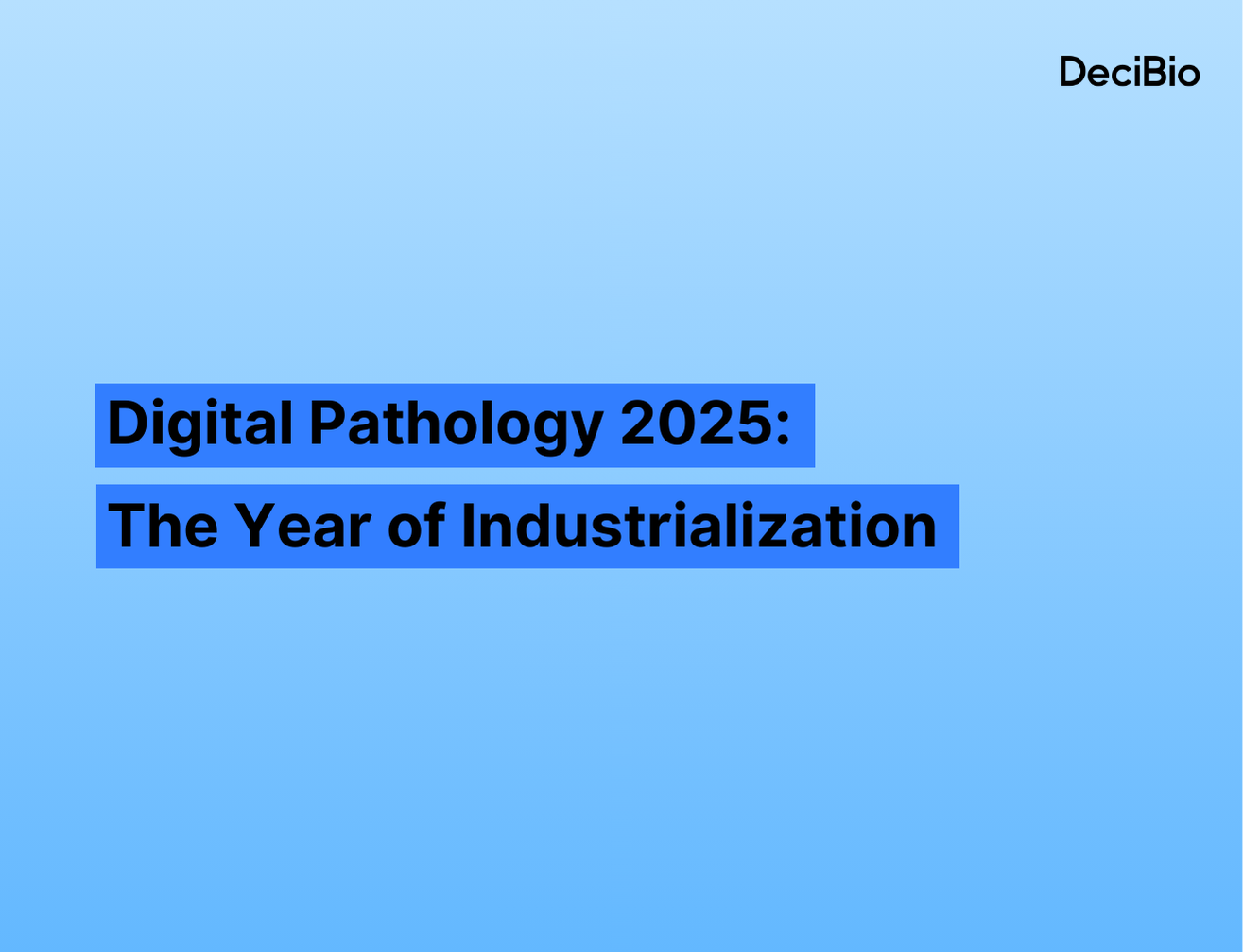ctDNA MRD and monitoring were front and center at ASCO this year, with 15+ MRD / ctDNA monitoring companies on the exhibitor list. In our discussions with diagnostic company stakeholders, the use of MRD to determine the need for adjuvant therapy seemed to be the application with the largest focus, however we are seeing growing interest and data in other applications including therapy response monitoring and post-treatment surveillance. Diagnostic companies seemed to tailor their booths and marketing materials to both clinical and biopharma stakeholders, representing two attractive routes of MRD / monitoring commercialization.
To take a deeper look, we pulled all ASCO 2022 abstracts that mentioned select commercial MRD / monitoring offerings: Signatera, RaDaR, Guardant Response and Reveal, Invitae PCM, Roche AVENIO monitoring assays, Personalis NeXT Personal, and PredicineBEACON, resulting in 19 identified ASCO abstracts. Below is a summary of our analysis of these abstracts.
• Natera was the most active diagnostic company with 10 authored Signatera abstracts and 2 non-authored abstracts mentioning Signatera. Inivata (NeoGenomics) and Guardant also had active MRD / monitoring activities with 4 and 3 published abstracts respectively. Foundation Medicine (FoundationOne Tracker), Invitae (PCM), Roche (AVENIO), Personalis (NeXT Personal), and Predicine (PredicineBEACON) did not publish any MRD / monitoring-related abstracts at this year’s congress
- Natera was also the most active co-publisher with biopharma, with abstracts published with both AstraZeneca and Novartis, though all three diagnostic companies had at least one pharma co-authored abstract
• Tumor-informed approaches (Signatera and RaDaR) had the most publication activity (N = 16/19 abstracts). Experts we talk to are still on the fence regarding preference for tumor-informed vs. tumor-agnostic approaches, citing advantages and disadvantages of both approaches. More clinical data as well as real-world utilization will be needed to determine whether one approach proves more favorable than the other.
• Over half of both Natera and Inivata’s abstracts included clinical outcomes measurements, most of which correlated ctDNA with other clinical outcome measures (e.g., PFS, OS, clinical recurrence). Both companies reported findings with clinical outcomes across all application types (MRD, therapy response monitoring, and surveillance). Natera’s monitoring abstracts with clinical outcomes included data across 8 different indications. Inivata’s included data in HNSCC, breast cancer, and melanoma.
• 13 of the 19 abstracts looked at ctDNA monitoring for recurrence surveillance monitoring after treatment completion, mostly in exploratory manners or as secondary endpoints. Over half of the abstracts (10/19) looked at minimal residual disease and 7 abstracts used ctDNA assays for monitoring response to therapy. All three companies published data across the use cases








.png)

